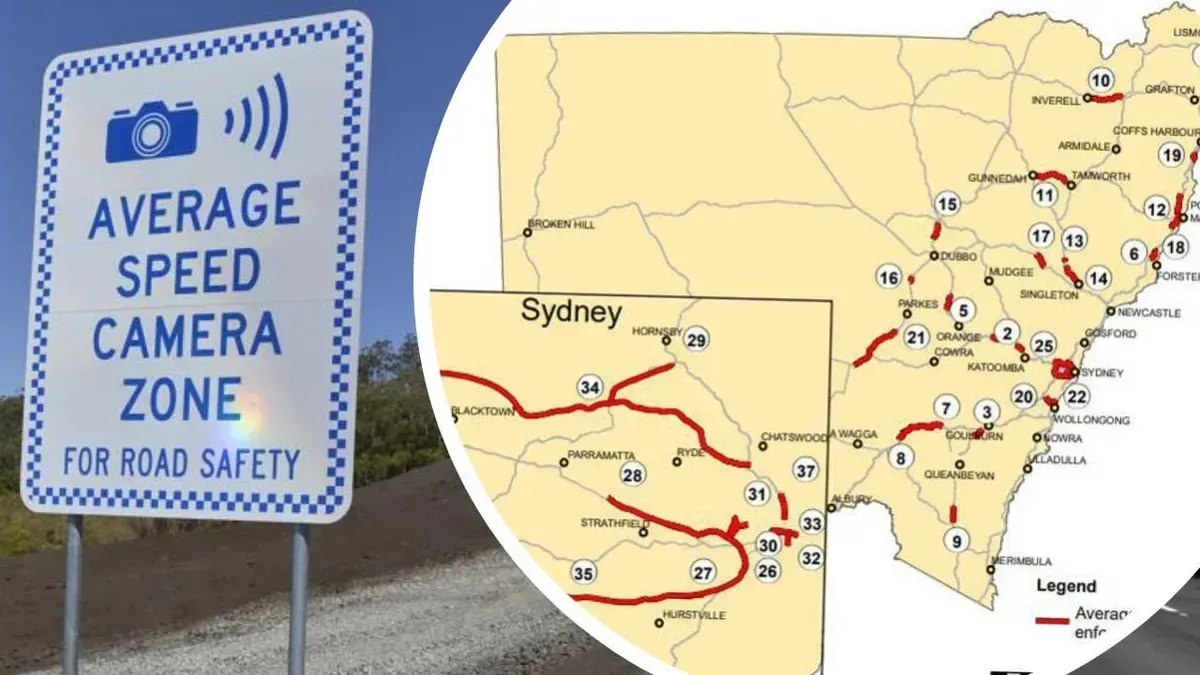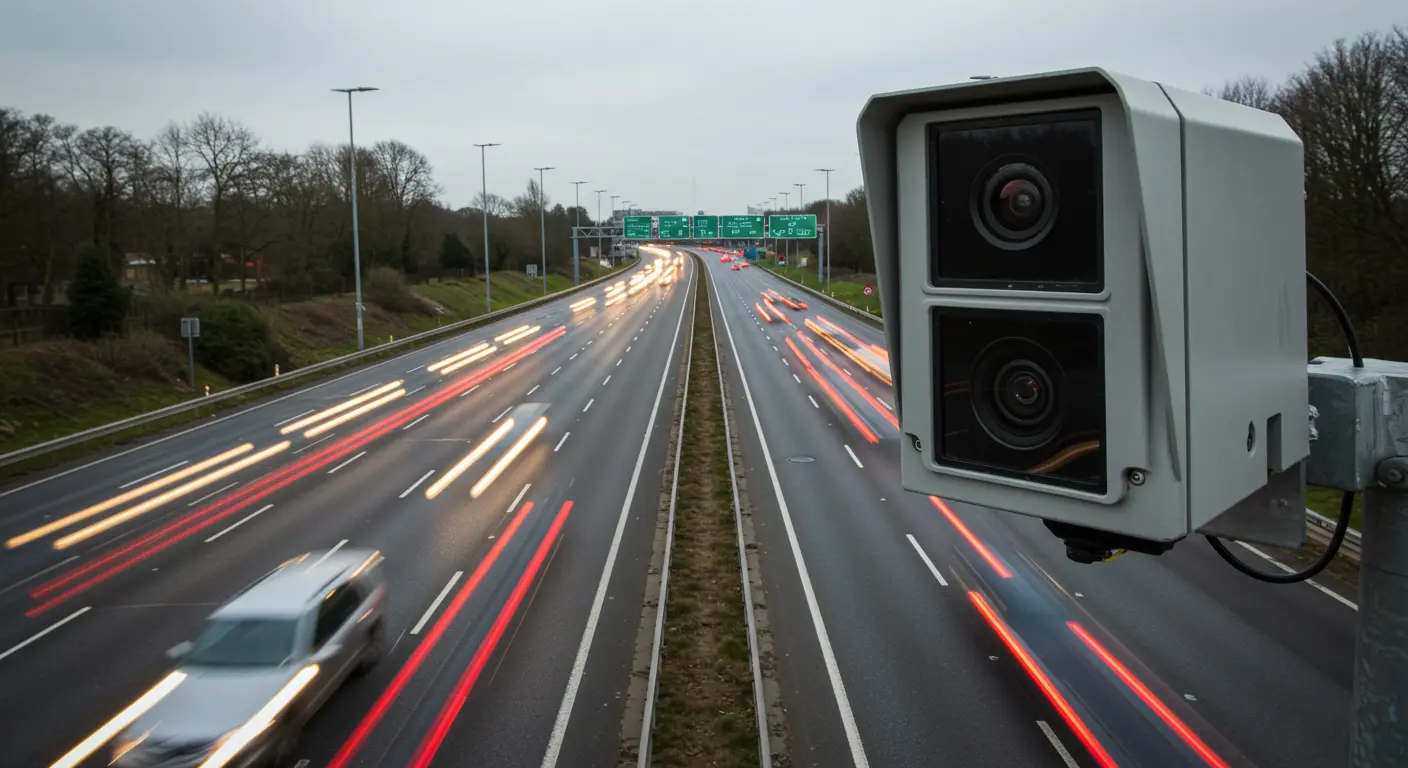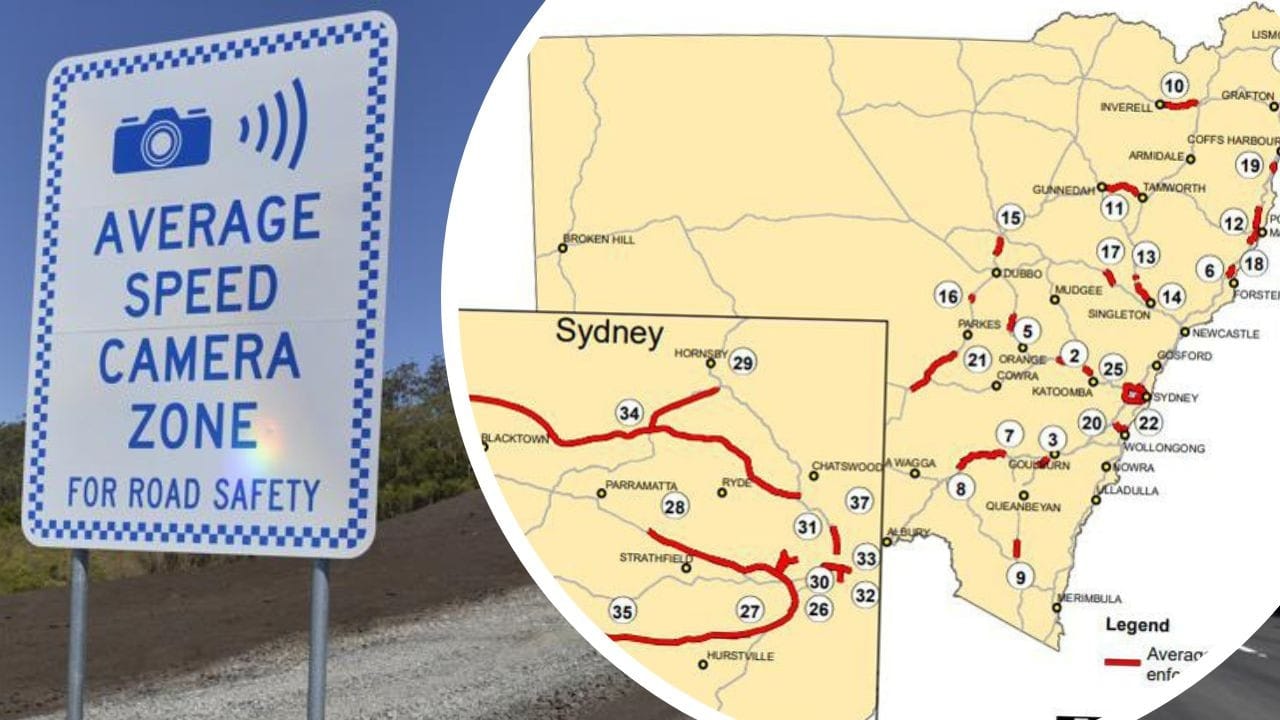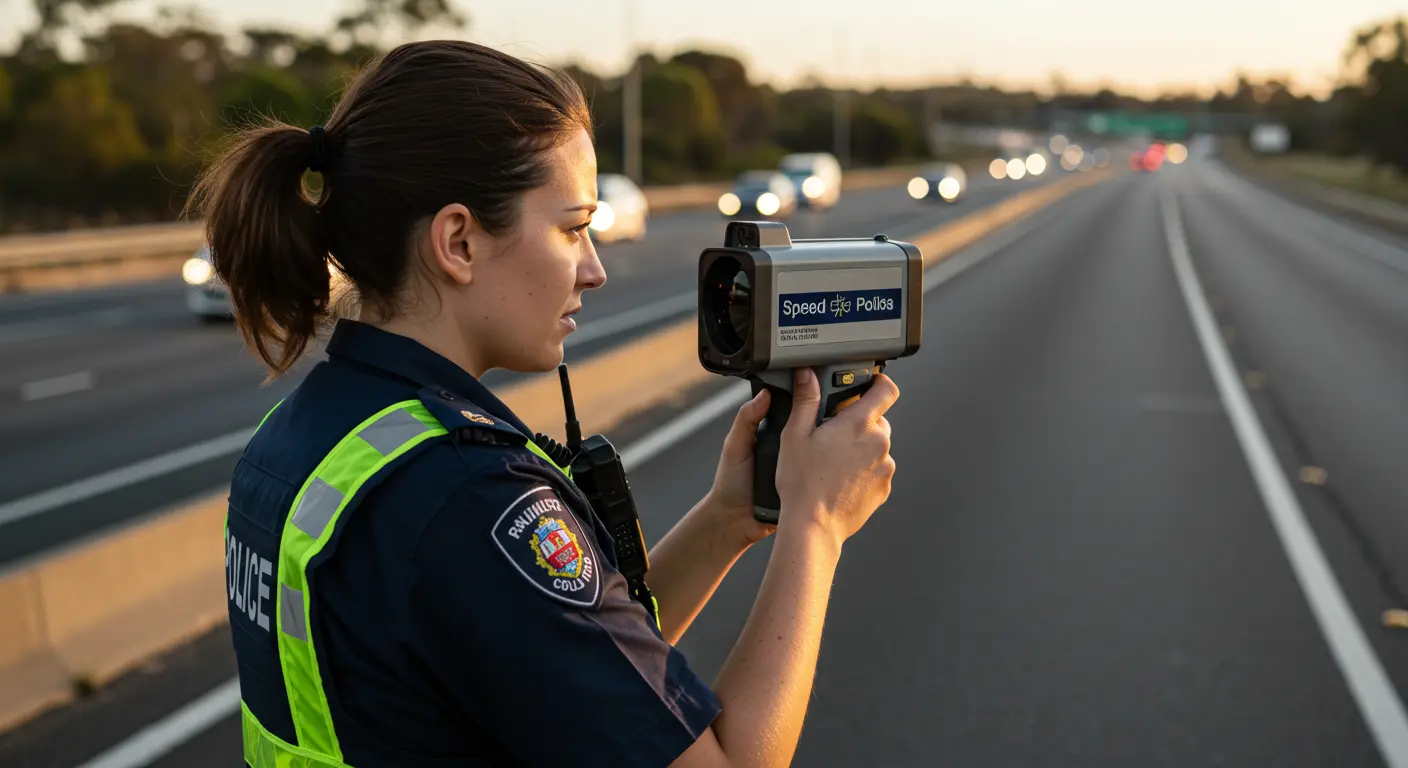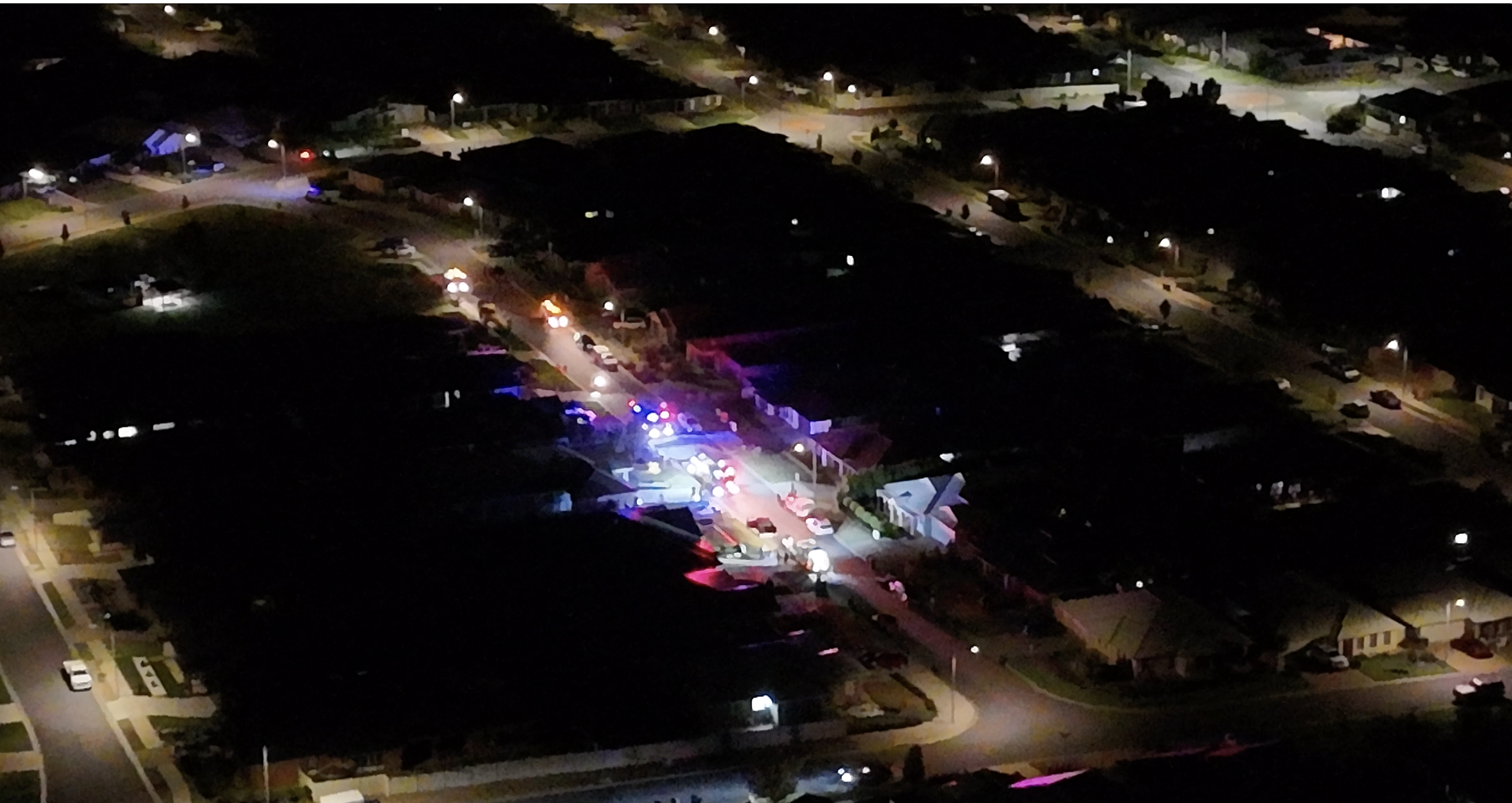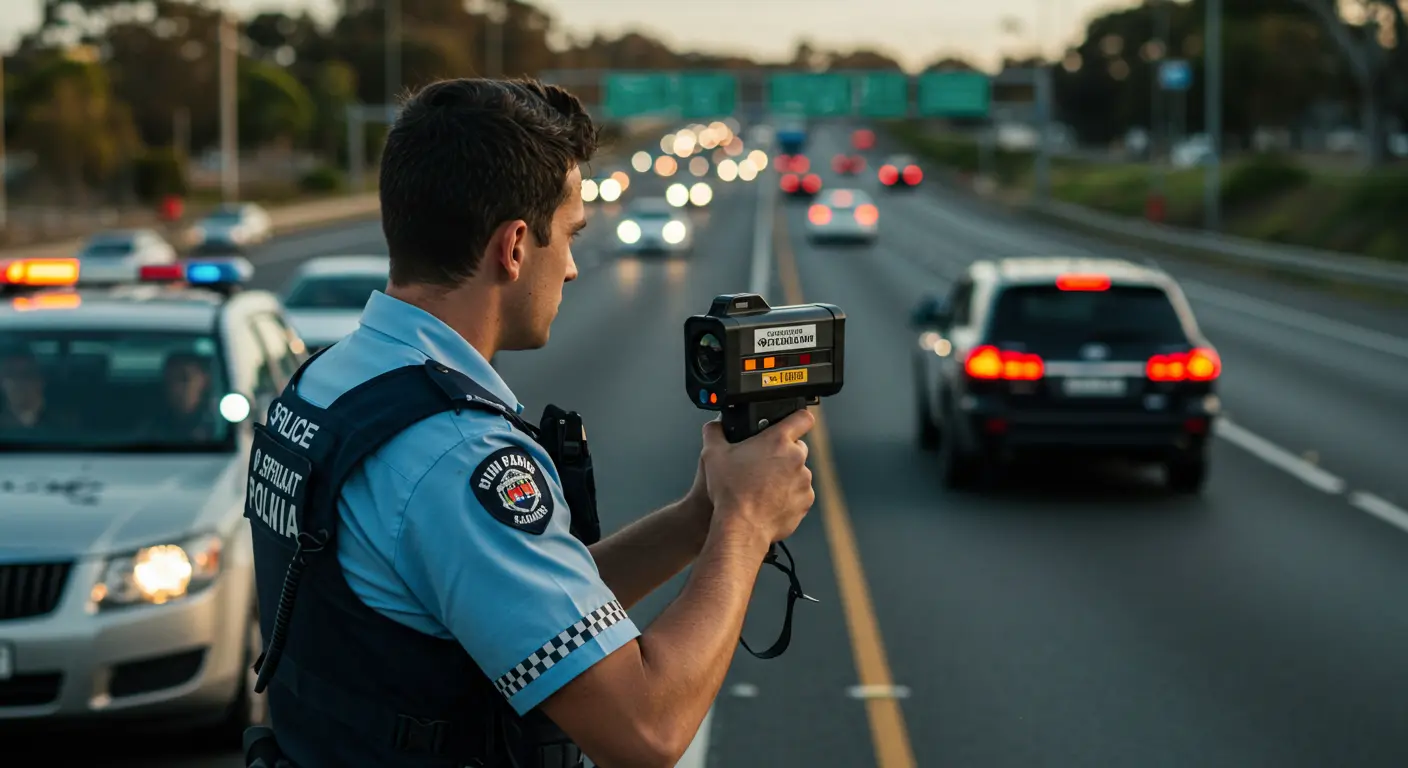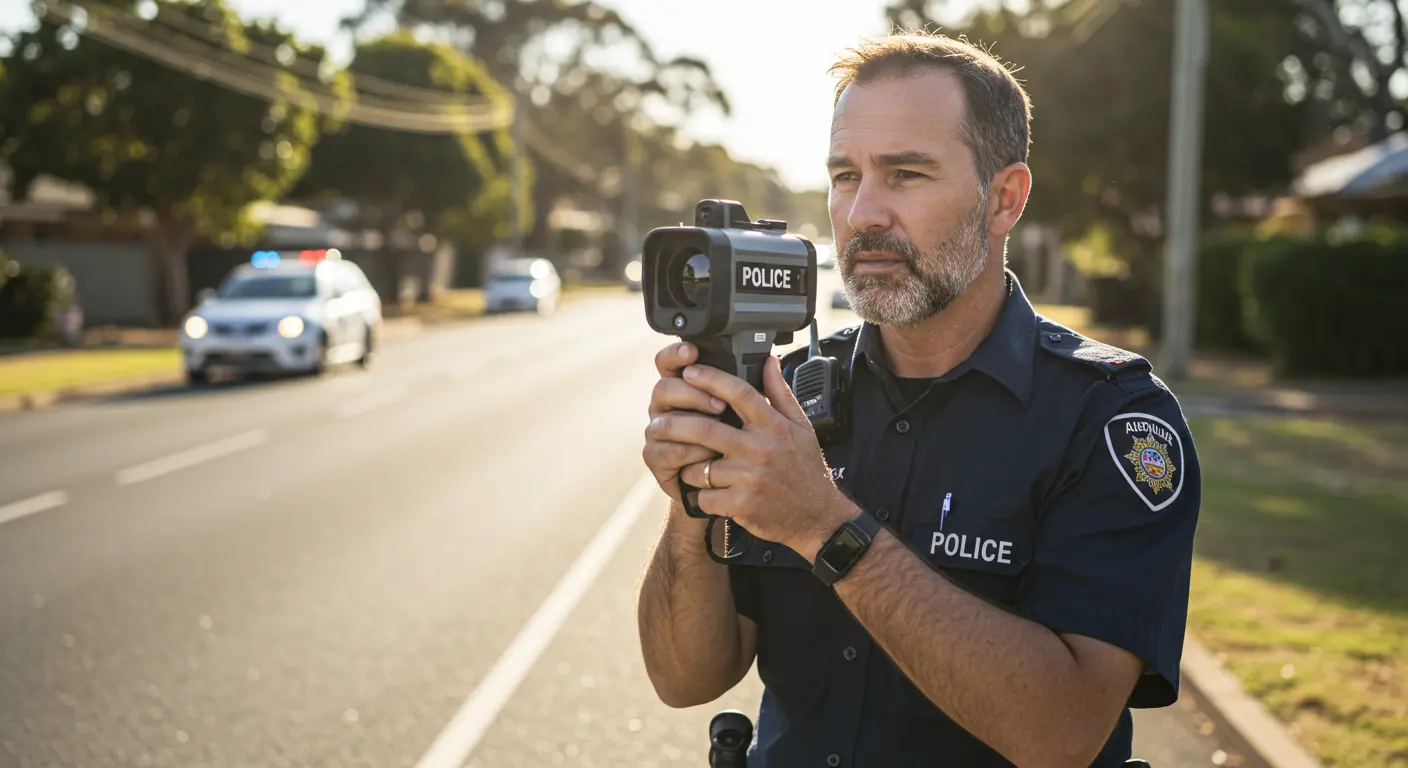Australia is witnessing a significant evolution in road safety enforcement with the introduction of advanced camera technologies designed to detect impaired driving. While the UK has pioneered certain aspects of this technology, Australia is rapidly implementing its own innovative approaches to combat dangerous driving behaviors.
Australia Leading AI Camera Technologies
In a groundbreaking trial that began in December 2024, Devon and Cornwall Police in the UK deployed specialised "Heads-Up" AI cameras designed to identify drivers potentially impaired by alcohol or drugs. This technology, developed by Australian road safety firm Acusensus, represents a significant advancement in how authorities detect impaired driving.
The system works by analyzing driving patterns and behaviors consistent with impairment. When suspicious behavior is detected, the information is communicated in real-time to nearby police officers who can intercept the vehicle and conduct further testing. The cameras are relocatable and can be moved to different locations across regions where police have intelligence about potential drink or drug driving offenses.
Australia's Implementation of AI Camera Technology
Australia has been at the forefront of developing and implementing AI camera technology for road safety. Queensland has already rolled out AI-enabled cameras capable of detecting mobile phone use and seatbelt non-compliance. These cameras are part of a broader national trend of modernizing road safety infrastructure to combat dangerous driving behaviors.
In Tasmania, new high-tech Sensys Gatso speed cameras have recently been installed on the Tasman Bridge, replacing outdated systems from the 1990s. These cameras are now detecting more than 700 speeding offenses per week, compared to just 624 incidents recorded across all of 2020-21 with the previous system. The upgraded cameras allow drivers to view images and footage of alleged offenses through the Department of Police, Fire and Emergency Management's road user portal.
Imminent Rollout of Impaired Driving Detection
Given Australia’s leadership in developing and implementing these technologies, it appears imminent that the impaired driving detection features will be rolled out across the country in the near future. Acusensus is already working with the Federal Office of Road Safety and Griffith University to develop AI-based technology that can measure driver attentiveness, reaction time, control, and determine impairment levels in real time.
Expansion of Average Speed Enforcement
New South Wales is taking a bold step in expanding its speed enforcement capabilities. Starting May 1, 2025, average speed cameras will begin tracking all vehicles, not just heavy vehicles on two key highways:
- A 15km stretch of the Pacific Highway between Kew and Lake Innes (Mid North Coast)
- A 16km section of the Hume Highway between Coolac and Gundagai (South NSW)
From May 1 to June 30, the cameras will operate in a warning phase, with drivers caught exceeding the limit receiving caution letters. From July 1, fines and demerit points will apply to offending drivers.
This change aligns NSW with other states like Victoria, Queensland, and South Australia that already use average speed enforcement for all vehicles. The technology calculates a driver's average speed over a distance rather than capturing speed at a single point, making it more effective at identifying consistent speeding behavior.
The Technology Behind AI Detection Systems
The AI camera systems being deployed across Australia use sophisticated algorithms to identify potentially dangerous driving behaviors:
- Behavioral Pattern Analysis: The systems monitor and analyze driving behavior in real-time, looking for patterns consistent with impairment or distraction.
- Multiple Detection Capabilities: Modern AI cameras can simultaneously detect various offenses, including speeding, mobile phone use, and seatbelt violations.
- Real-Time Alert Systems: Upon detecting suspicious behavior, some systems can send real-time data to nearby police officers, allowing for immediate intervention.
- High-Resolution Imaging: The cameras capture high-quality images that can be used as evidence for enforcement purposes.
Road Safety Impact and Future Prospects
The implementation of these advanced camera systems comes at a critical time for Australian road safety. Western Australia recorded a 10-year high in road fatalities, with 190 lives lost in 2024 alone. This has prompted the state to launch six new mobile speed cameras in late 2024 and prepare for the installation of four 'smart cameras' on Perth freeways.
The penalties for traffic violations detected by these systems are substantial. In NSW, light vehicle drivers caught exceeding the speed limit by over 45km/h face fines of up to $3,300 and a minimum six-month license disqualification, while heavy vehicle drivers face fines of up to $5,500.
Concerns and Criticisms
While the expansion of camera technology aims to improve road safety, it has raised concerns among some legal experts. Road lawyer Hayder Shkara has argued that average speed cameras unfairly target everyday drivers who might briefly drift over the speed limit while overtaking or during long drives, while failing to address more dangerous, erratic driving behavior.
The challenge lies in striking the right balance between enforcement and fairness. Global research shows that average speed enforcement can dramatically reduce serious crashes, but the debate continues around how to implement these systems effectively while maintaining public trust.
Final Comments
Australia's implementation of AI camera technology represents a significant step forward in road safety enforcement. From Tasmania's upgraded speed cameras to NSW's expansion of average speed enforcement and Queensland's AI-enabled detection systems, authorities across the country are embracing technological solutions to combat dangerous driving behaviors.
As these systems continue to be refined and deployed more widely throughout 2025, they may fundamentally transform how authorities detect and deter dangerous driving, potentially saving numerous lives in the process. The success of these initiatives will depend not only on the effectiveness of the technology but also on public acceptance and the ability of authorities to implement them in a fair and transparent manner.





